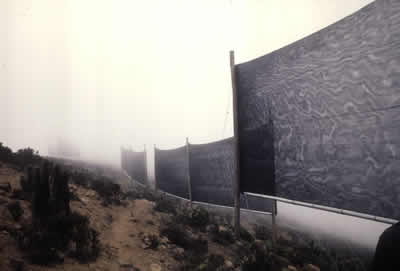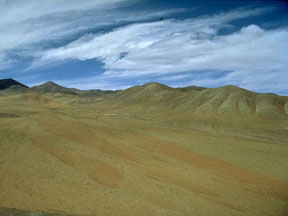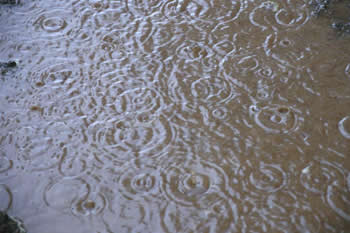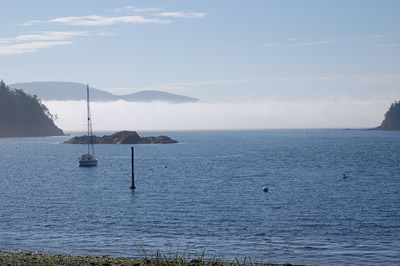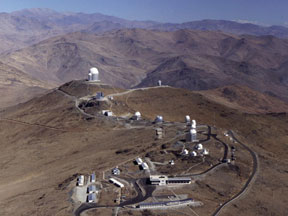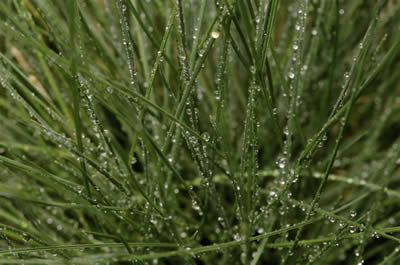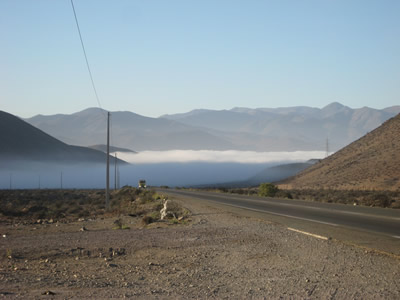Click on image for full size
Courtesy of IDRC / CDRI; Photographer Sitoo Mukerji
Finding Water in the Sky
The Atacama Desert is one of the driest place on Earth. Water is scarce and there are even areas where no rain has ever been recorded. The lack of water makes life hard in the Atacama, yet more than a million people live there.
One place where people get the water they need to survive is from the sky.
Rain may be uncommon, but fog, called camanchaca by Chileans, regularly fills the sky in the Atacama near the coast. And fog is made of water. By extracting the water from the fog, some of the people who live in the Atacama Desert are able to get the water they need.
People there have been capturing the water from fog for over a decade using large, fine mesh screens. The water condenses on the screens, which are hung vertically. It then drips into troughs below. Pipes carry the water from the screens and troughs to where it will be used. The first project was installed on Chile’s El Tofo Mountain with assistance from Canada’s International Development Research Centre. The idea caught on and now there are fog collectors installed in 25 countries in Africa, South and Central America, the Caribbean, and Asia.
How much water can you get from fog? A fog collection facility in Falda Verde in northern Chile collects an average of about 430 liters of water per day from 6 collectors. In La Ventosa, Guatemala four large log collectors produce about 800 liters per day.
The people in the Atacama also have a much longer history of collecting water from the air. For hundreds of years, native people in the Andes harvested water from the air by capturing the morning dew. They dug pits into the ground to hold buckets and made funnels from branches to channel water into the buckets. Lids of branches and leaves kept the water from evaporating. The trap was left and the water collected in the morning after dew formed.


